Bamboos are excellent plants to put in your garden if you’re looking for that fresh look while also getting that Asian vibe in your home.
Consequently, bamboo planter boxes not only look fantastic, but they also act as a barrier for your plant. With these plant boxes, there is no need to be concerned about the roots of the bamboo covering your entire land.
The advantages of growing a bamboo plant in pots are numerous, as are the essential facts you should be aware of.
Bamboos in pots look beautiful and majestic. Even if they aren’t that forest type you want, they will still exude that amazing nature feel.
For these types of plants, there are countless configurations & design possibilities, making them versatile plants for every garden.
At Plant Judo, we help garden buddies like you be knowledgeable of those possibilities and recommend you the best gardening tips available to us.
With us, you should be able to understand everything you need to get started. From the suitable bamboo pots to suggestions for the best planter boxes to the best product recommendations– we have them all!
Talk to our experts to get started today.

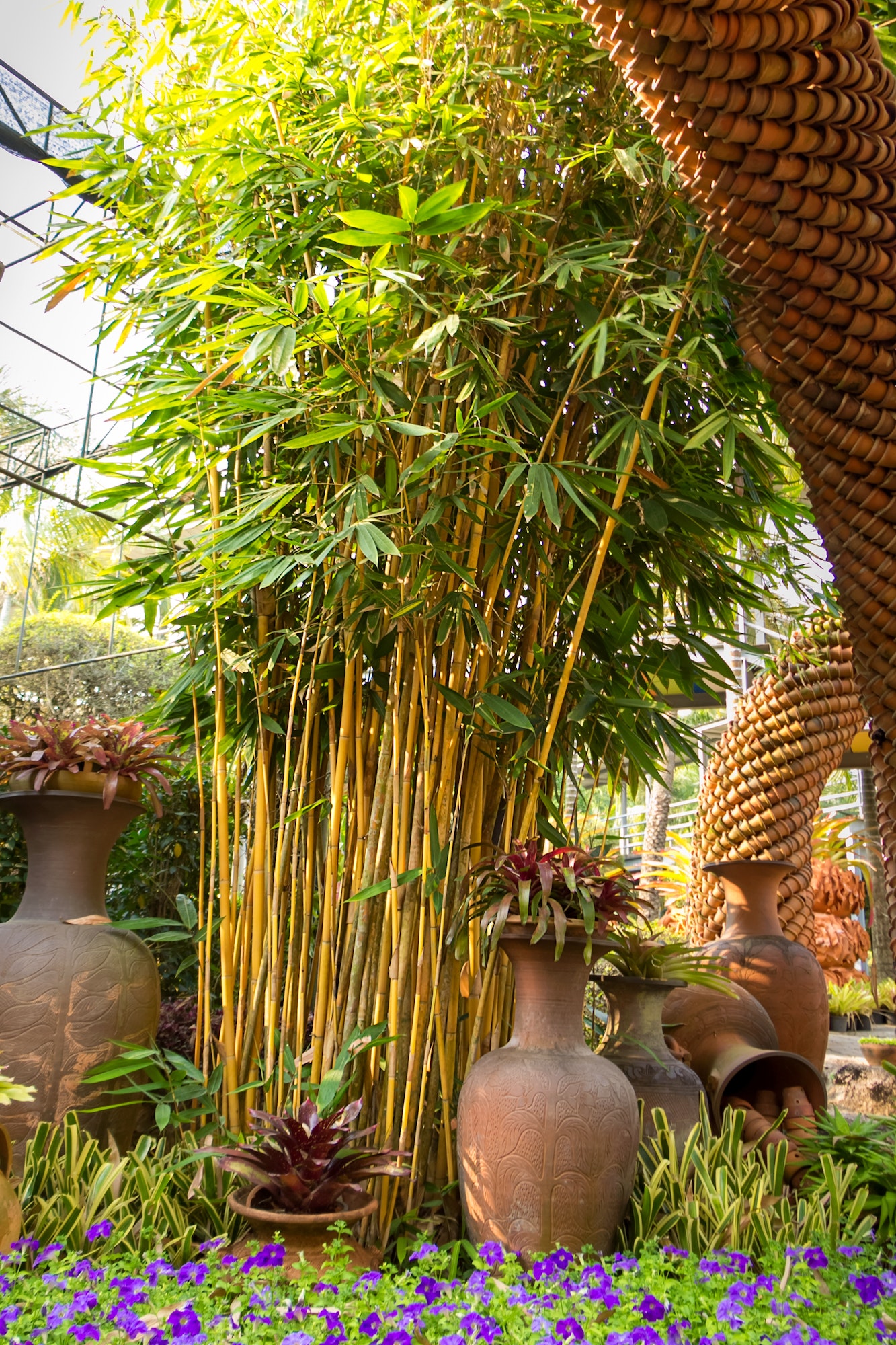
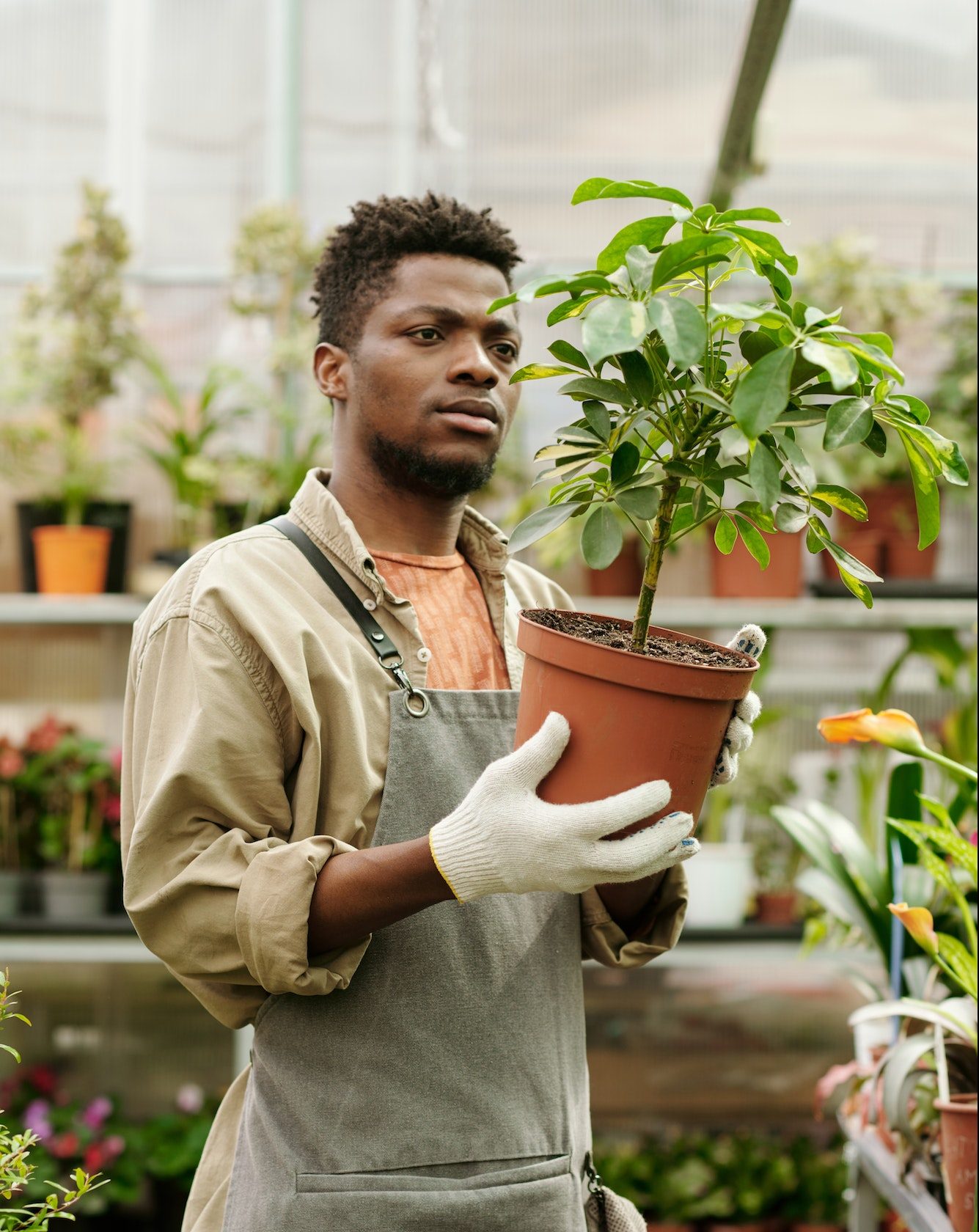
Bamboo has a poor reputation for home gardens– specifically with layout artists and landscapers. Many gardeners consider this plant to be unworthy of the bother due to its nature of spreading quickly through underground rhizomes.
While bamboo species can become invasive if not kept in check, growing bamboo in pots is one surefire way to stop those rhizomes from spreading throughout your yard.
Bamboo species can be divided into two groups: running and clumping.
Running kinds will take over your entire garden if you allow them, whereas clumping species stay put and grow slowly and reasonably. Both species of bamboo can be grown in pots, albeit the rate at which you must re-pot them will vary.
Of course, bamboos have runny and clumpy roots, so you need to monitor and take care of them more than usual. Once you see that the roots are already close to bad shape, getting a more suitable pot will be needed.
When planting bamboo in pots, you need to take additional care for them to flourish. Here are some aspects that you must not miss.
Potted bamboo plants need more irrigation than bamboo plants grown in the ground. However, they won’t need a lot of attention.
You should give a healthy drink to your plant if the soil is dry a few centimetres below the surface. Prick your finger into the growing medium twice a week when it is dry.
Keep in mind that bamboos often detest incredibly wet conditions. However, they do need a lot of rainfall during the growing season.
A nitrogen-rich organic liquid feed, such as nettle liquid feed or dung tea, should be fed to bamboo grown in containers every spring.
Throughout the remainder of the growing season, you should regularly apply a general liquid feed like compost tea and replace the organic layer every year.
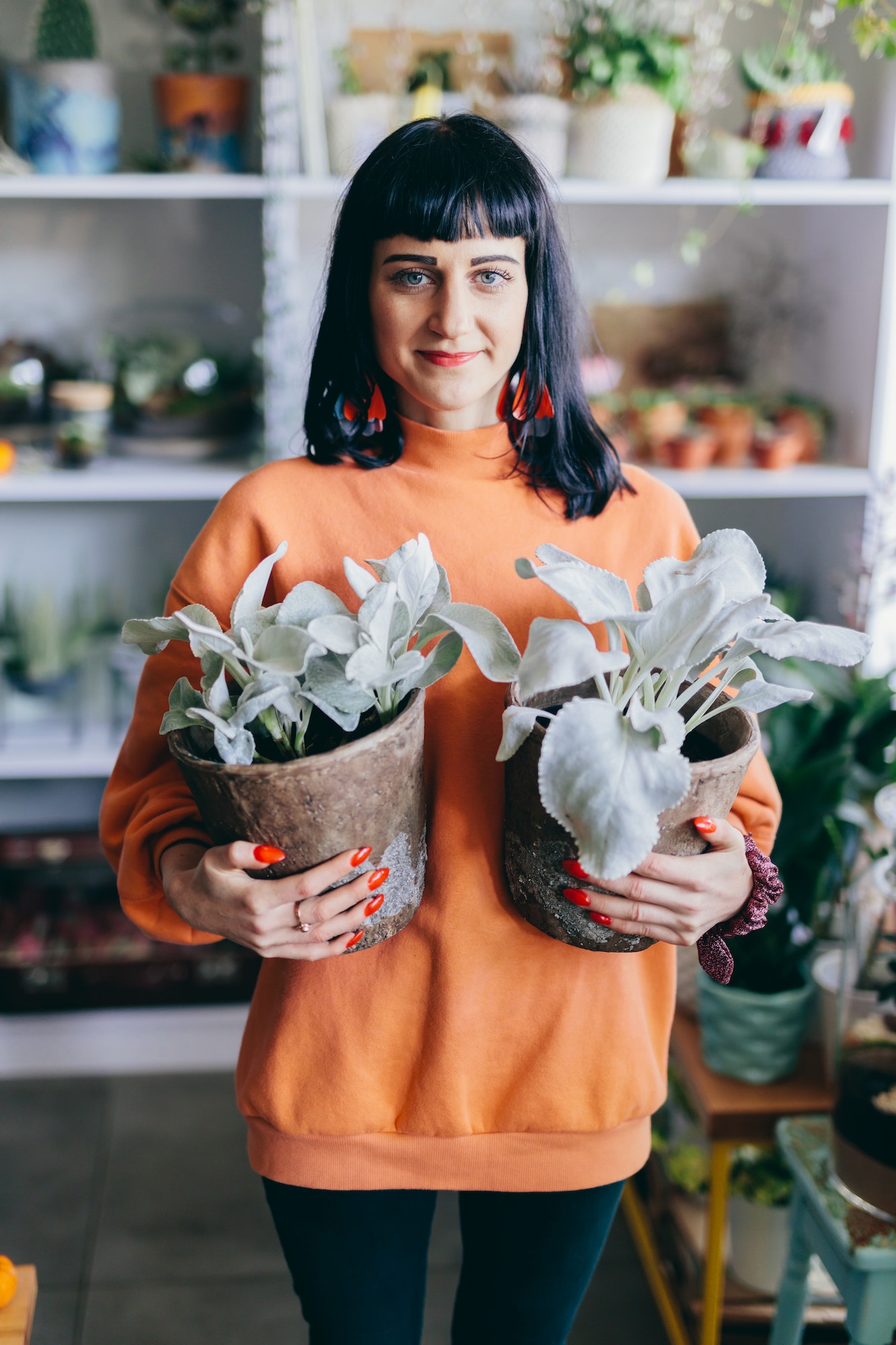
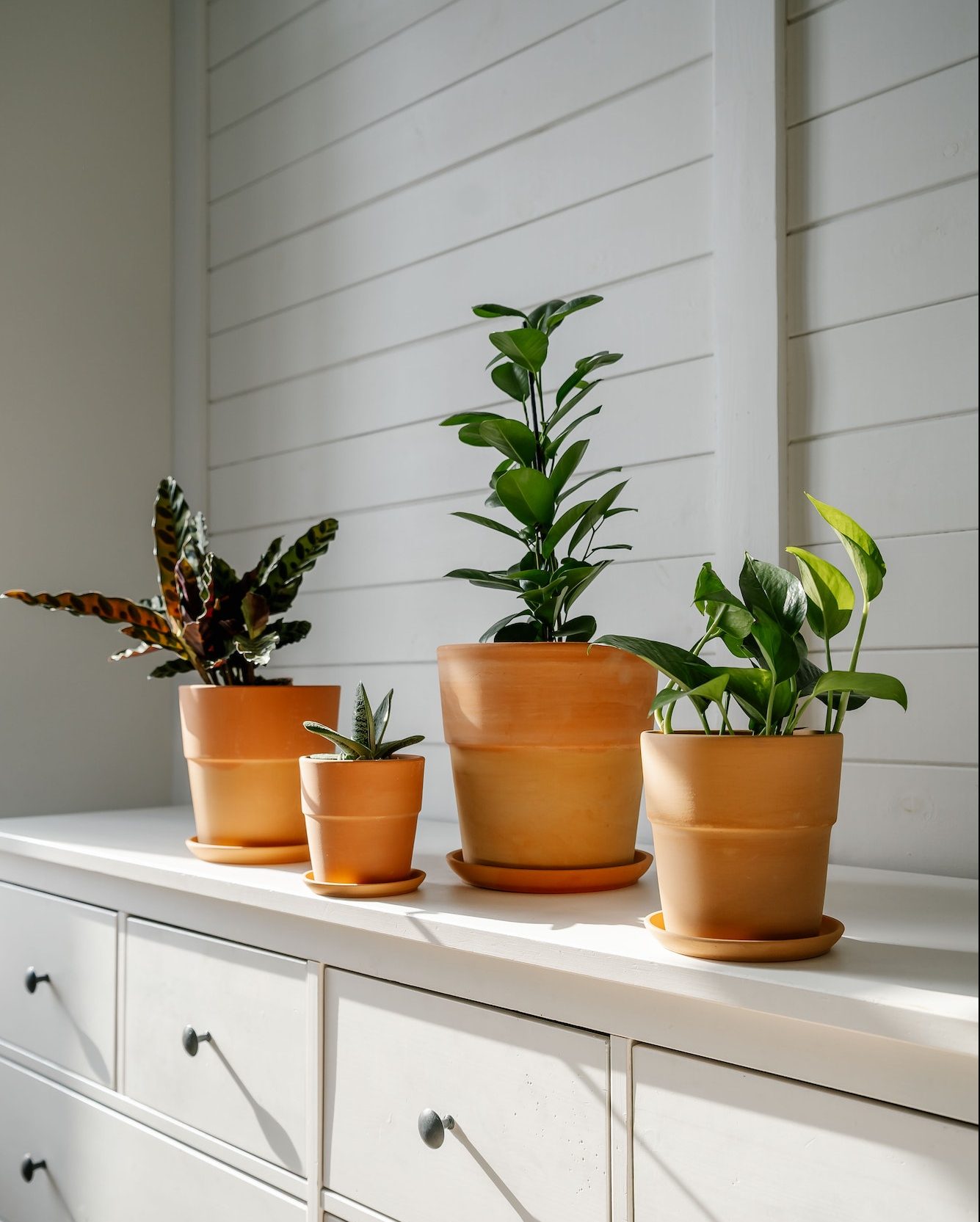
No pruning is needed the first year after planting.
However, it is wise to cut any weak, dead, or damaged canes to the surface of the growth media and eradicate them in the coming years.
If the cluster has become crowded, remove a few more canes to provide the plant’s centre with more light and air.
Every few years, bamboo plants must be divided and repotted into multiple fresh pots, or you must pot them into larger pots.
Bamboo should ideally be divided in the spring if you plan to do so.
To grow new plants, use the younger rhizomes around the clump’s boundaries.
Bamboos need loamy soil with a pH that is either neutral or slightly acidic. We offer a potting mix that is moist yet moderately free-draining and reasonably fertile.
A coating of horticultural sand added to the pot’s base may help the container drain more effectively.
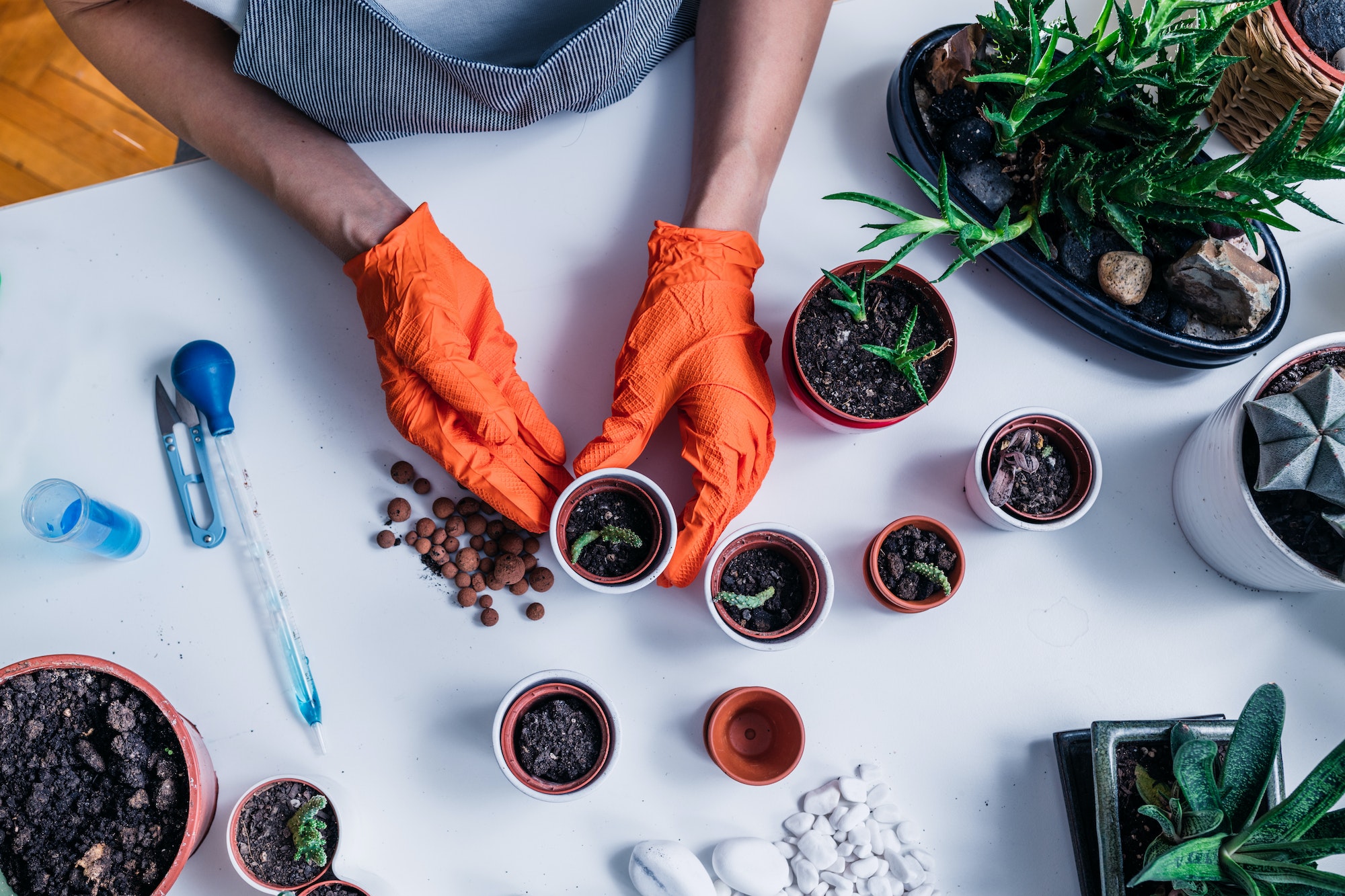

The best is to go as large as you can. However, there isn’t usually a lot of space. The planter should generally not be any smaller than 20″ by 20″.
If the planter is smaller, you must divide the plant more frequently to maintain health. Therefore, growing bamboo in our planters at least 30″ by 30″ in size is preferable.
About every five years, clumping bamboo planted in a 20″ by 20″ planter and flowing bamboo grown in a 30″ by 30″ planter needs to be divided or repotted.
The depth is also crucial. Although bamboo rhizomes only reach a depth of around 12 inches (30 cm), the roots can extend up to 3 feet (90 cm).
Lack of space will cause the plant to become root-bound, and the roots may even start to protrude through the drainage holes. The more room the bamboo has, the easier it will be to divide it.
Nearly the only option for running bamboo is a metal planter. These, however, heat up or freeze quickly, so these planters aren’t the best options unless they are well-insulated on the inside, like the ones we have.
Going for a container with sufficient drainage is essential to avoid root rot. It must have holes drilled into it. Avoid using top-heavy, unsteady containers that could topple over. Tall bamboo species need to grow in windy environments.
Also, keep a stable, somewhat low rectangular or spherical container in place. Pots with narrow necks are inappropriate.

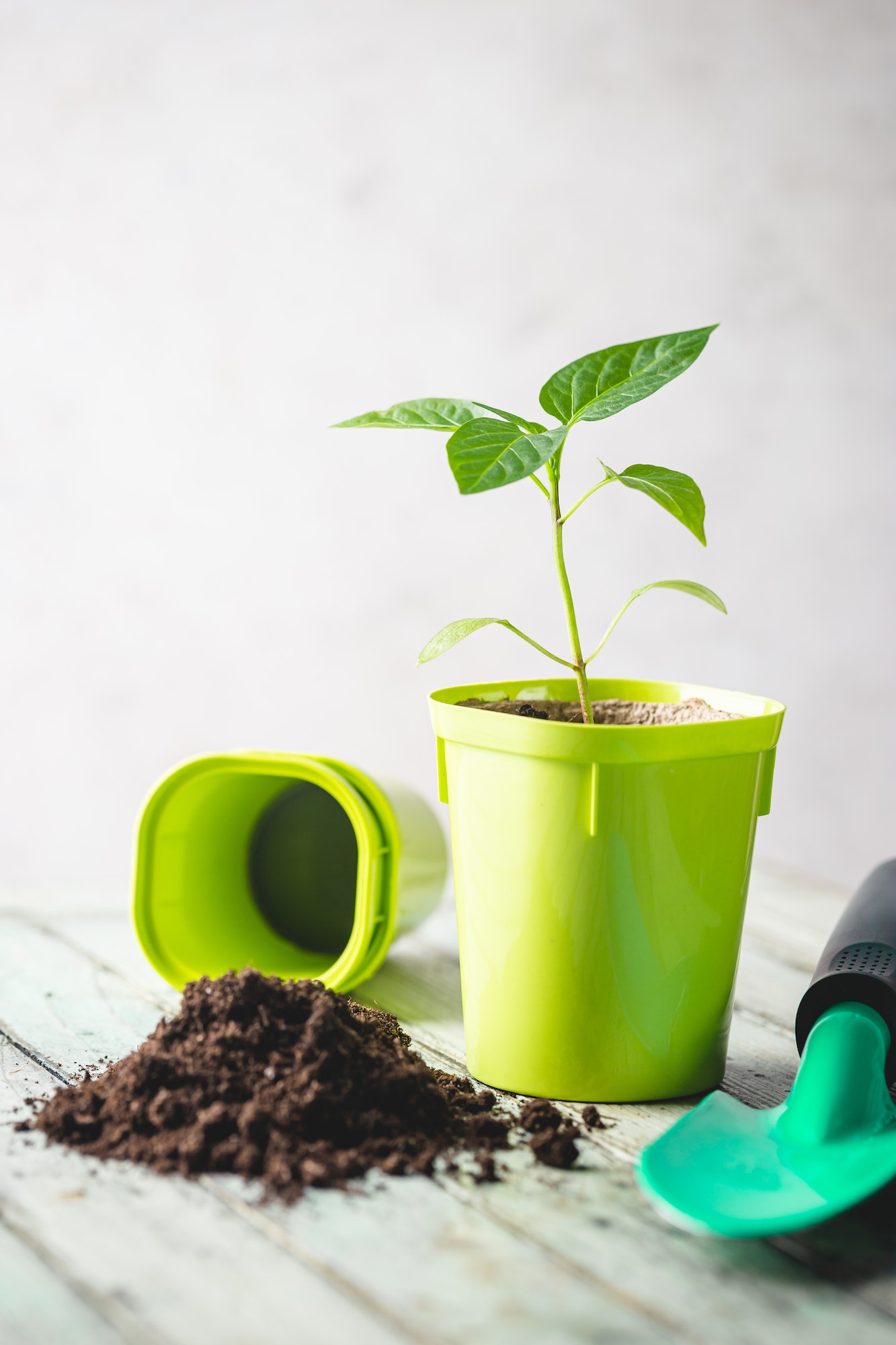
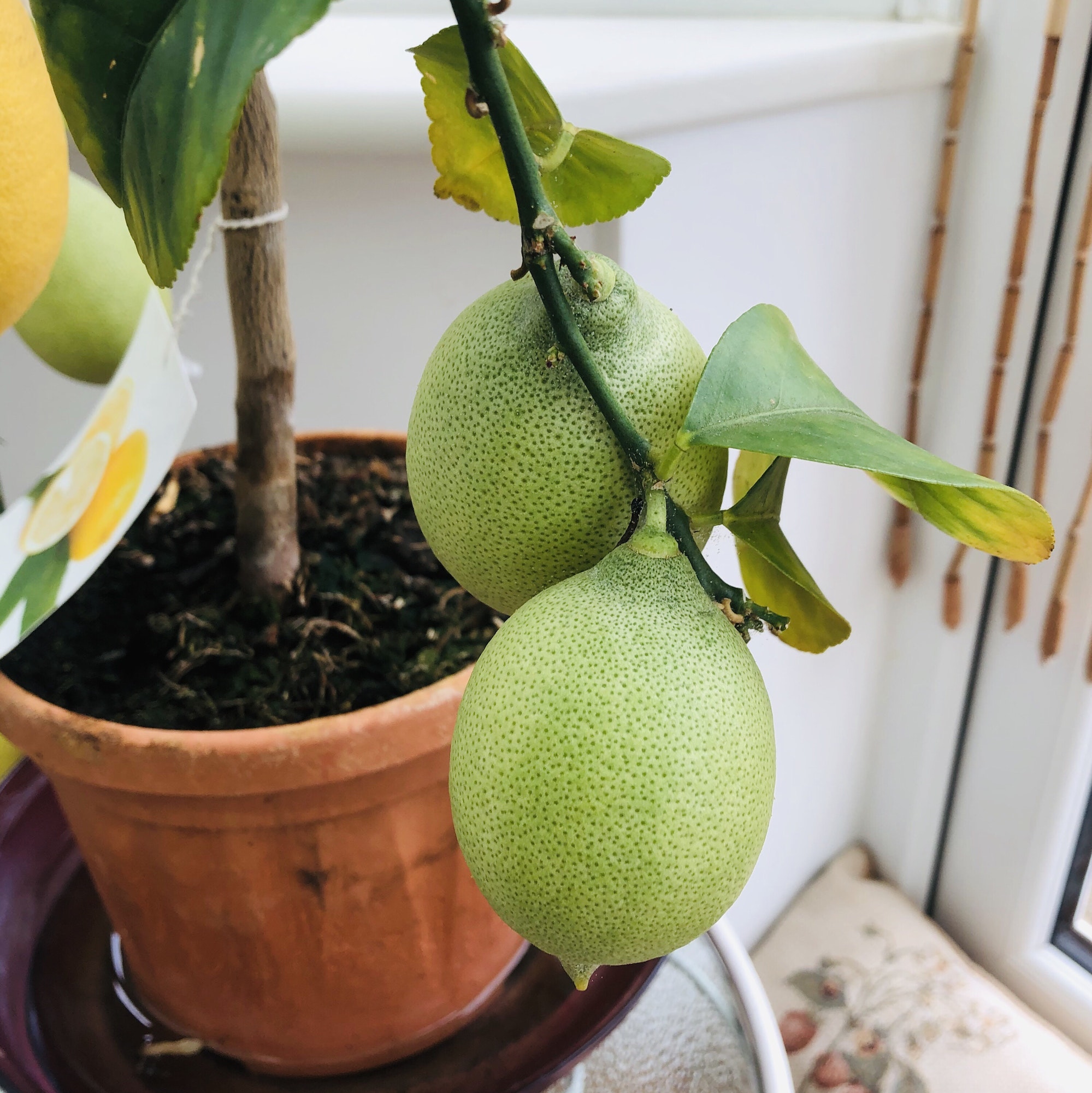
At Plant Judo, you will find suitable planters for a bamboo plant that are typically at least 50 cm deep and 50 cm broad, while you can also consider our more prominent planter that will result in less frequent repotting of your bamboo.
Our high-quality bamboo pots provide adequate drainage and maintain the medium’s moisture level to suit your growing bamboo plants.
Our containers have enough drainage holes at the base, and to prevent waterlogging problems think about elevating the container with feet or some other form of support.
A substantial container is necessary, especially for running bamboos, as other containers cannot endure the roots as well as they can.
Avoid using plastic containers, and keep in mind that glazed pots work better for bamboo than terracotta ones in general.
Bamboo is a versatile plant and a fast root grower at that.
Given that this plant is generally from the wild, your bamboo will grow and be healthier if your planter has more space.
Not only is picking the appropriate species for your bamboo species critical but so is choosing the appropriate pot. Make sure your pot is sturdy enough to prevent your plants from getting blown away if you choose a tall plant. Always verify each pot’s stability.
You should also be cautious of standing water or excessive dryness. Planters prevent the bamboo from accessing the ground. So they might not be as drought-resistant as plants cultivated in the ground. Installing a drip irrigation system would be a good idea.
Lucky for you, Plant Judo’s plant pots for bamboo work well and add extra gravel or rocks to the bottom to make the structure heavier. It also aids in the upright growth of your bamboo.
Initially, growing bamboo in a plant pot can be confusing and overwhelming. But don’t panic too much because we can help– all you need to do is ask.
Contact our experts today and get a bamboo-related consultation.
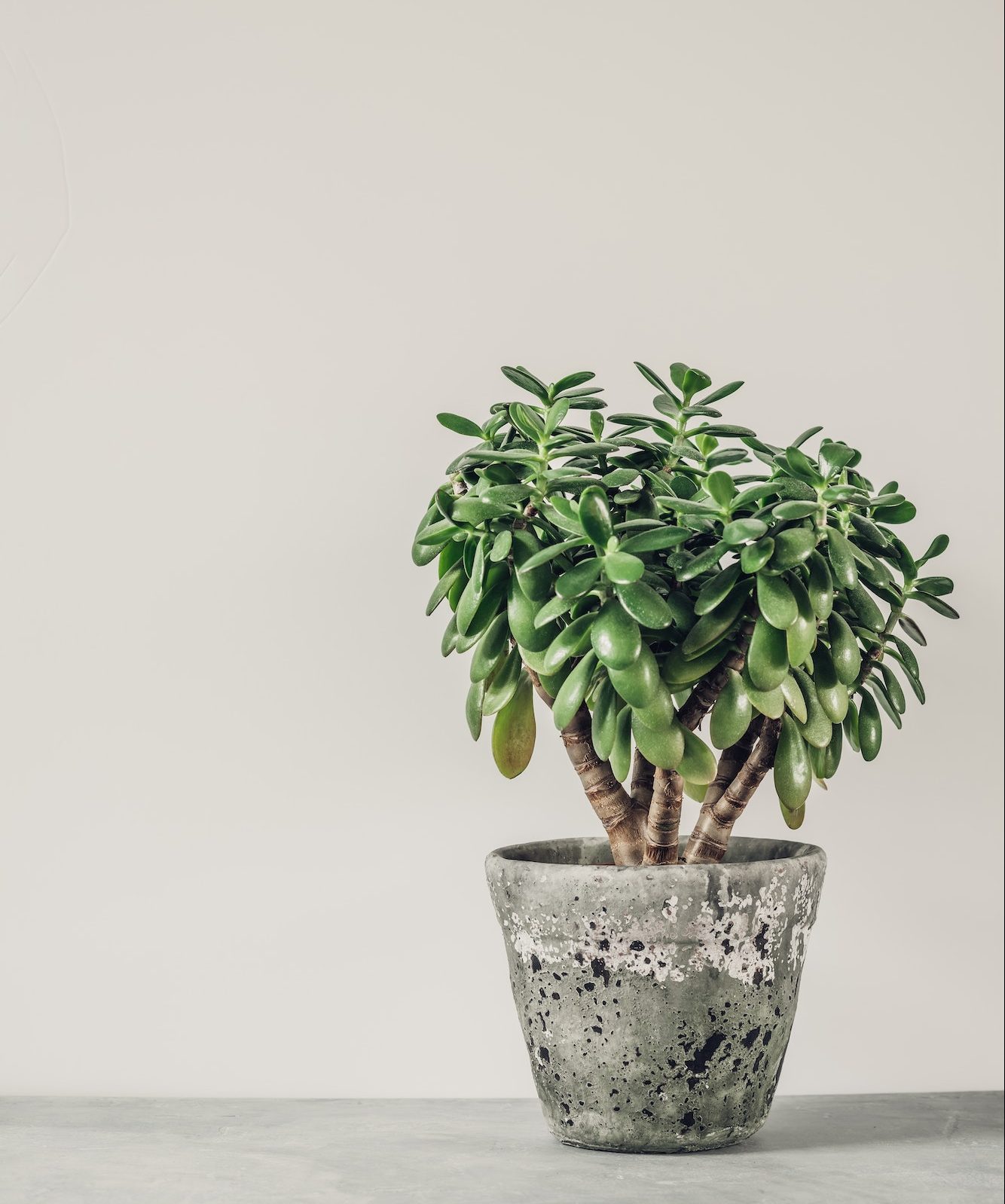
If neglected, bamboo can become an extremely invasive plant. Using a planter box will take care of this. You are preventing the plant from spreading by limiting the root system to a particular area.
Additionally, you may reposition these pots to vary the look of your garden or to provide them with the correct lighting.
If you live in a rental or want to brighten up the exterior of a commercial building, planting pots can be a terrific way to grow bamboo! It is not as enduring as bamboo that is planted underground.
It would be best if you ideally planted bamboo in pots in the spring. However, you can find and purchase bamboo plants in pots at any time of the year, and you may plant them up into their new pots at any time.
Just try to avoid planting when conditions are very bad or hot and dry because this can stress your new plants throughout the transplanting process.
Most bamboos need bright, protected light, but it is essential to remember that some bamboos may tolerate moderate shadow and can be grown in less favourable conditions.
Bamboos can flourish when placed in separate, large pots in a garden of mixed pots.
Bamboos with edible shoots wouldn’t look out of place in a kitchen garden area or possibly in a pot at the edge of one.
They can be used to screen ugly features inside your space or to increase seclusion, possibly on the edge of a dining area or along the boundary of your property.
Bamboo may be arranged in various ways to produce stunning and practical effects in your yard.

Copyright © 2024 Plant Judo. All Rights Reserved
Kemp House, 152 – 160 City Road,
London, EC1V 2NX
United Kingdom